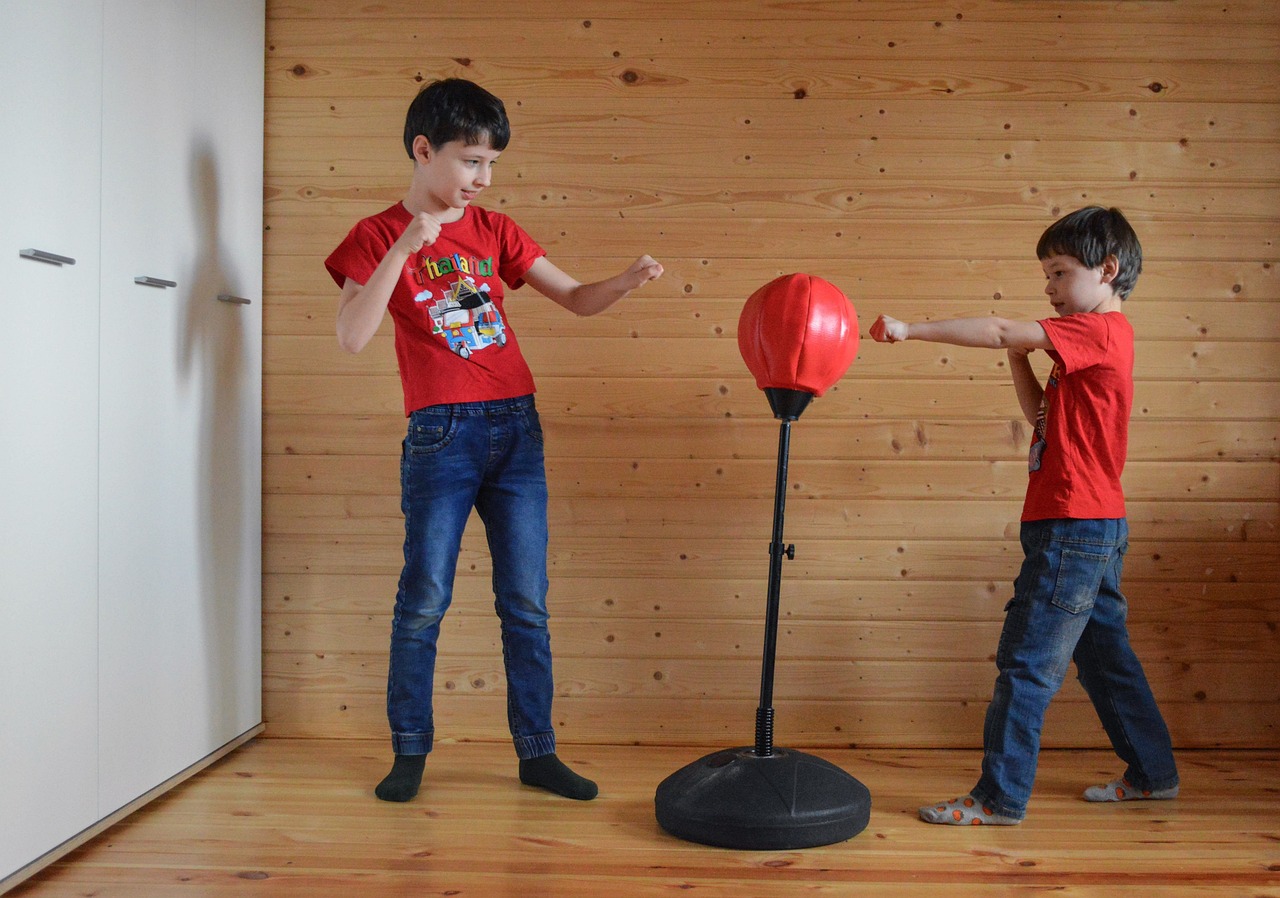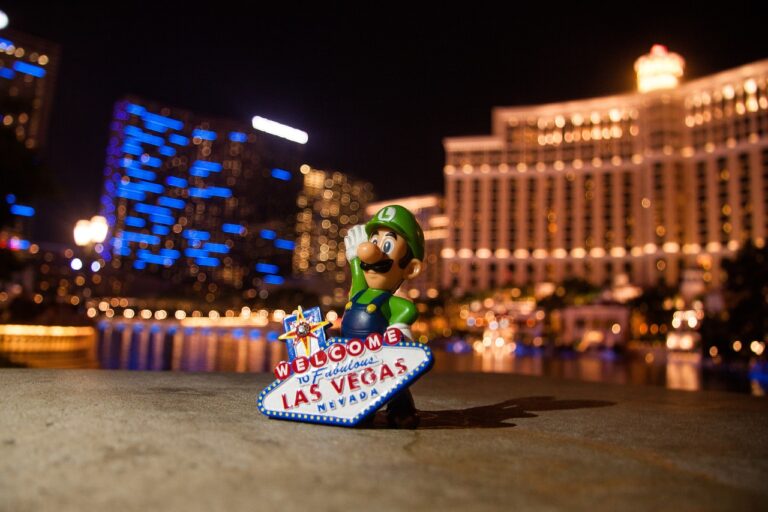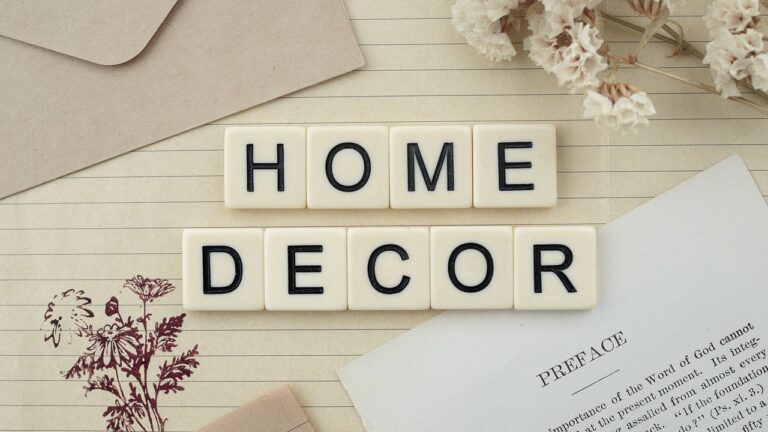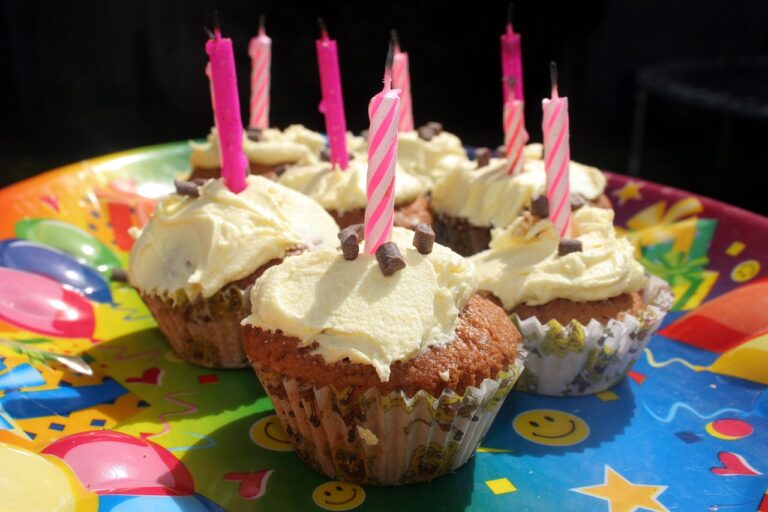Mold Remediation Techniques for Vintage and Antique Homes
sky247 login, 11x play, play99exch com login password: When you own a vintage or antique home, you are likely well aware of the charm and character these properties possess. However, along with their unique appeal comes the potential for mold growth due to their age and construction materials. Mold can not only be unsightly but also pose health risks to you and your family. That’s why it’s crucial to be proactive in addressing mold issues in your vintage or antique home.
Mold remediation techniques for vintage and antique homes require special attention and care due to the delicate nature of the materials used in these properties. In this article, we will explore some effective strategies for dealing with mold in your vintage or antique home, so you can preserve its beauty and history for years to come.
Identifying Mold in Your Vintage or Antique Home
Before you can start remediation efforts, you must first identify the presence of mold in your vintage or antique home. Mold can often be found in areas with high humidity, poor ventilation, or water damage. Common places to look for mold include:
– Basements and crawl spaces
– Attics
– Bathrooms
– Kitchens
– Behind walls and wallpaper
– Under carpets and flooring
– Around windows and doors
– In furniture and upholstery
If you notice a musty smell, visible mold growth, or signs of water damage in any of these areas, it’s essential to take action promptly to prevent mold from spreading further.
Effective Mold Remediation Techniques for Vintage and Antique Homes
1. Conduct a thorough inspection: Before starting any remediation efforts, it’s crucial to assess the extent of the mold problem in your vintage or antique home. Hire a professional mold inspector who has experience working with older properties to identify the type of mold present and the best course of action for removal.
2. Develop a remediation plan: Based on the inspection findings, create a remediation plan that outlines the steps needed to remove the mold safely and effectively. Consider factors such as the type of mold, the extent of the infestation, and the materials used in your vintage or antique home when developing your plan.
3. Contain the mold: To prevent mold spores from spreading to other areas of your home during the remediation process, contain the affected area with plastic sheeting and seal off vents and doorways. This will help prevent cross-contamination and protect the rest of your home from mold exposure.
4. Remove contaminated materials: In some cases, mold-infested materials may need to be removed and replaced to eliminate the mold completely. This may include drywall, insulation, carpeting, and furniture that cannot be salvaged. Work with a professional restoration company that specializes in vintage and antique properties to ensure that the removal is done safely and in accordance with industry standards.
5. Clean and sanitize surfaces: Once the contaminated materials have been removed, clean and sanitize the remaining surfaces to eliminate any remaining mold spores. Use a HEPA vacuum, antimicrobial cleaning agents, and specialized equipment to ensure that the mold is completely eradicated from your vintage or antique home.
6. Address moisture issues: To prevent mold from returning in the future, it’s essential to address any underlying moisture issues in your vintage or antique home. This may involve repairing leaks, improving ventilation, or installing a dehumidifier to maintain optimal humidity levels.
7. Monitor for mold growth: After completing the remediation process, periodically monitor your vintage or antique home for signs of mold growth. Regular inspections and maintenance will help prevent mold from reoccurring and ensure the long-term health and safety of your property.
FAQs
Q: Can I remove mold from my vintage or antique home myself?
A: While it is possible to remove small amounts of mold yourself, it is recommended to hire a professional mold remediation company for larger infestations in vintage or antique homes. These experts have the knowledge, experience, and equipment needed to safely and effectively eliminate mold from older properties.
Q: How can I prevent mold growth in my vintage or antique home?
A: To prevent mold growth in your vintage or antique home, it’s essential to address moisture issues promptly and maintain proper ventilation. Keep humidity levels below 60%, repair leaks promptly, and ensure that your home is adequately ventilated to prevent mold from taking hold.
Q: What should I do if I discover mold in my vintage or antique home?
A: If you discover mold in your vintage or antique home, it’s crucial to act quickly to prevent further damage and health risks. Contact a professional mold remediation company that specializes in working with older properties to assess the situation and develop a remediation plan tailored to your unique needs.
In conclusion, mold remediation in vintage and antique homes requires special care and attention due to the delicate nature of these properties. By following the effective techniques outlined in this article, you can address mold issues in your vintage or antique home and preserve its beauty and history for generations to come.
Remember, when it comes to mold remediation in vintage or antique homes, it’s always best to seek professional help to ensure that the job is done safely and effectively. Don’t let mold compromise the integrity of your vintage or antique property take action today to protect your home and your family from the dangers of mold growth.







